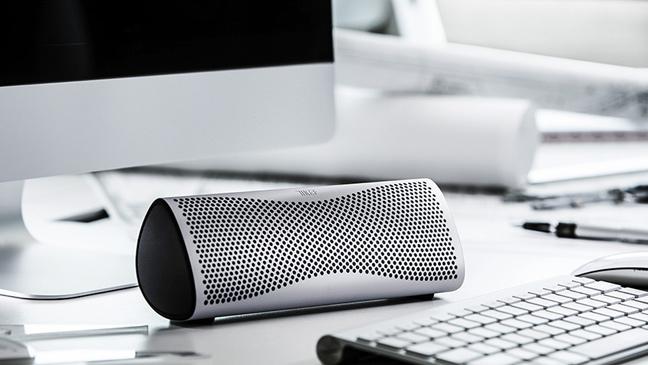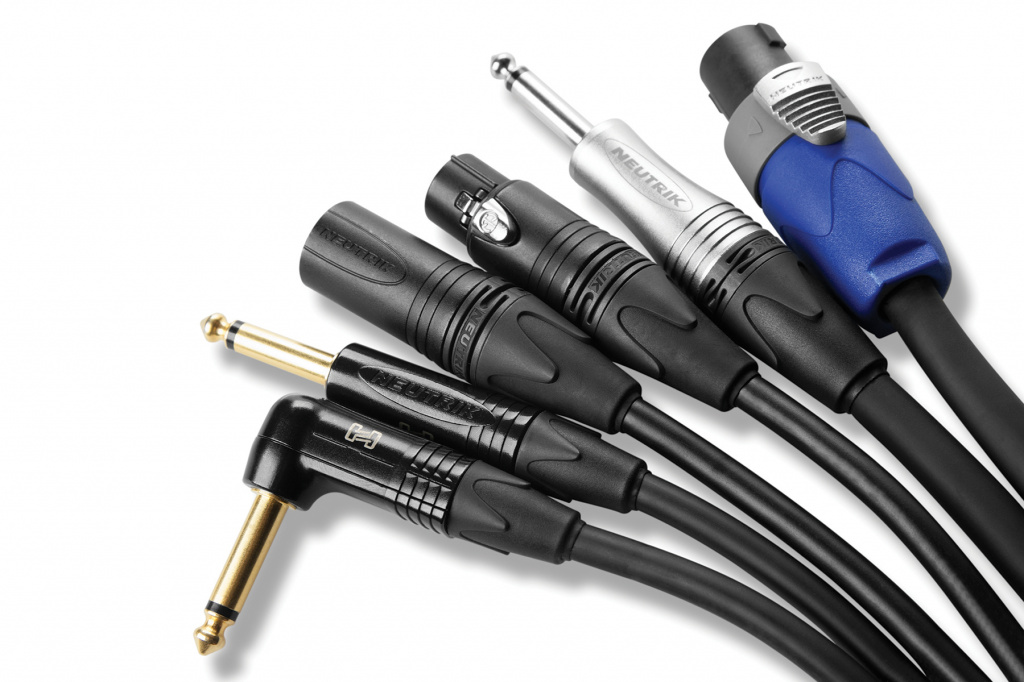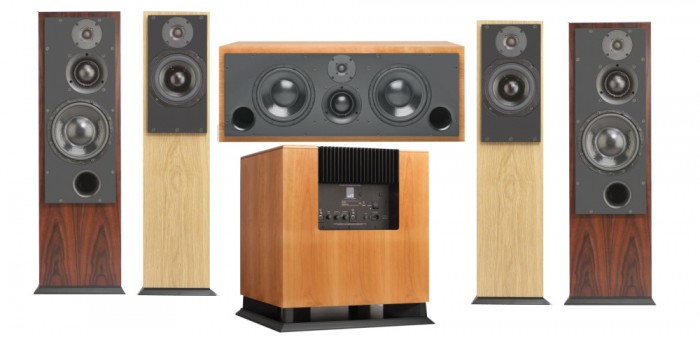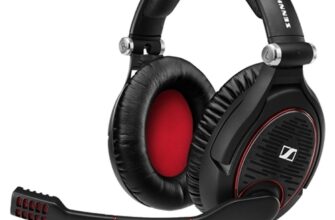The sound quality primarily depends on the choice of speakers for your computer.
How to choose speakers for your computer: what to look for

When choosing speakers for a computer, it is recommended to pay attention to the following parameters:
-
Computer sound card compatibility;
-
Type of food;
-
Number of channels;
-
Speaker power;
-
Amplitude-frequency characteristic;
-
Additional functions.
Audiophiles can also pay attention to the geometry of the cabinet, and to the material, and to the diameter of the speakers – however, all these qualities in most cases are not needed by the average user.
PC Sound Card Compatibility

The first thing to consider when choosing speakers for your computer is to determine their compatibility with the sound card installed in the system unit. This is not difficult to do. It is enough to see if the sound card has the required connector for connecting the speakers.
The speakers can be connected to a computer through the following connectors:
-
3.5 mm jack. The most standard audio jack found on virtually all integrated and discrete sound cards;
-
HDMI. A very exotic option, which is more common on video cards;
-
USB. This connector is used for speakers with a built-in sound card – but most often it is used to power the audio system;
-
RCA, popularly called 'tulips'. One of the most famous and widely used audio connectors. There is an AUX version of it. In this case, RCA speakers are connected to the computer via a 3.5 mm jack;
-
S / PDIF is a modern connector for audio transmission. Suitable for broadcasting sound in high quality, including lossless. There are two types of this connector – coaxial and optical. They are unfortunately not cross-compatible;
-
XLR is a rare connector type used in professional audio equipment.
The vast majority of computers are equipped with a 3.5 mm jack. Therefore, the speakers that are connected to it will suit almost everyone. The only problem is that such audio equipment can provide not very high quality (audiophile) sound.
Power type
The power supplied to the speakers via the audio cable is clearly insufficient for their operation. Therefore, additional current is required. The speakers can get it via USB or directly from a 220 V household network.
However, you should not rely on the fact that a powerful audio system will have enough power from USB. Usually only the weakest and most inexpensive speakers are equipped with it. Nevertheless, they are already enough for playing music or voice – especially if the listener is undemanding.
Powerful audio systems with 2.0 channels and higher will require mains power.
Number of channels

The more channels in the audio system, the higher quality and surround sound it can reproduce. But the higher the cost of these speakers. The number of channels is usually indicated by the code X.Y, where X is the number of speakers and Y is the number of subwoofers.
The following audio configurations can be found today:
-
1.0 is a very rare configuration. It runs only some professional audio systems;
-
2.0 is the most common configuration among budget speakers. Two speakers playing in stereo. Can provide both acceptable and terrible sound;
-
2.1 is the most common configuration. Two speakers, one subwoofer for bass boost or reproduction. Can provide a very pleasant sound;
-
5.1 – configuration for spatial audio. Five speakers, one subwoofer. Can be used to create a home theater. In most cases, they provide very good sound (except for ultra-budget models), but they are distinguished by a high price.
-
7.1 – a configuration intended for home theaters and is practically not found among speakers for computers.
Speaker power (or total output power)
The higher the value, the louder the audio system will sound. In addition, the high power of the speakers will appeal to lovers of bass-rich music.
However, there are two factors to consider:
-
The vast majority of users simply do not need a lot of power in hundreds of watts. At this volume, it is quite possible to get hearing damage due to the impact of an acoustic wave or the fist of a disgruntled neighbor;
-
Many manufacturers like to 'lie', indicating the power of tens and hundreds of watts on the packaging – which does not at all correspond to its real value.
It is recommended to choose models whose power lies in the range from 10 (for 2.0) to 70 (for 2.1 and more) W.
Frequency response
The width of the frequency series, which is reproduced by the speakers, rather determines the intensity of the high or low frequencies. Since the human ear hears sounds in the range from 20 Hz to 15 kHz, it is advisable to purchase an audio system with just such a frequency response.
But if you want to get real pleasure from listening to music, you should buy speakers with a wider frequency range. Then they will be able to reproduce sounds that are at the limit of human hearing.
Additional features
Additional features that may be useful to the user include:
-
The presence of a remote control. You can adjust the volume without getting up from the couch;
-
Module presence Bluetooth. Can be wirelessly connected to a computer or phone;
-
FM-radio or built-in player. These speakers can play music without a PC.
However, these are more 'nice little things' than really useful features.
Manufacturers

For less demanding listeners, models from Sven, Logitech and Microlab are perfect. If you want very high quality sound, you can look at speakers from Creative, Edifier or even Harman / Kardon.
!
In the following articles, our experts will tell you how to choose the right computer desk, the secrets of choosing a motherboard, and a complete guide to choosing a microphone for your computer.
Attention! This material is the subjective opinion of the authors of the project and is not a purchase guide.









